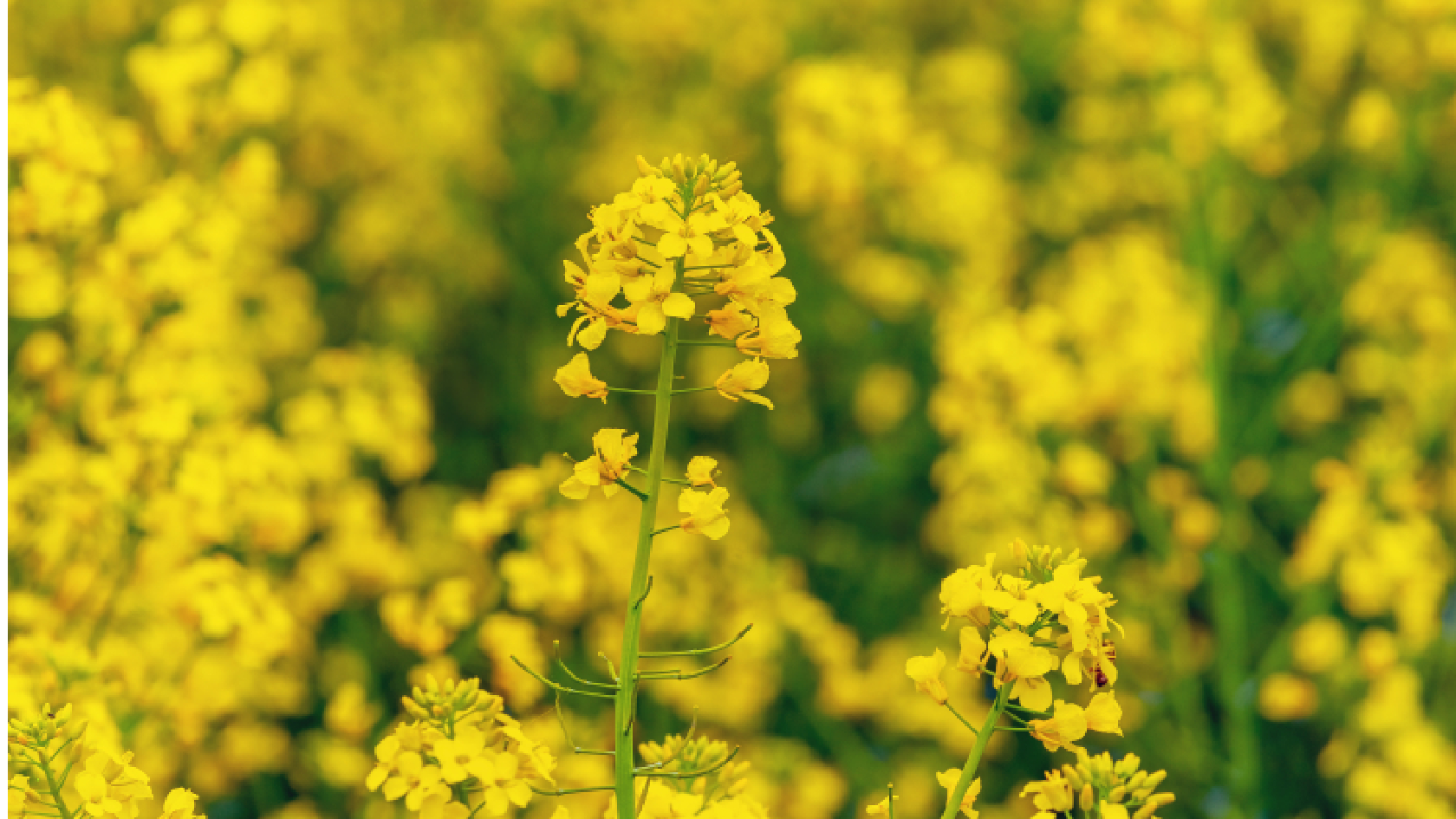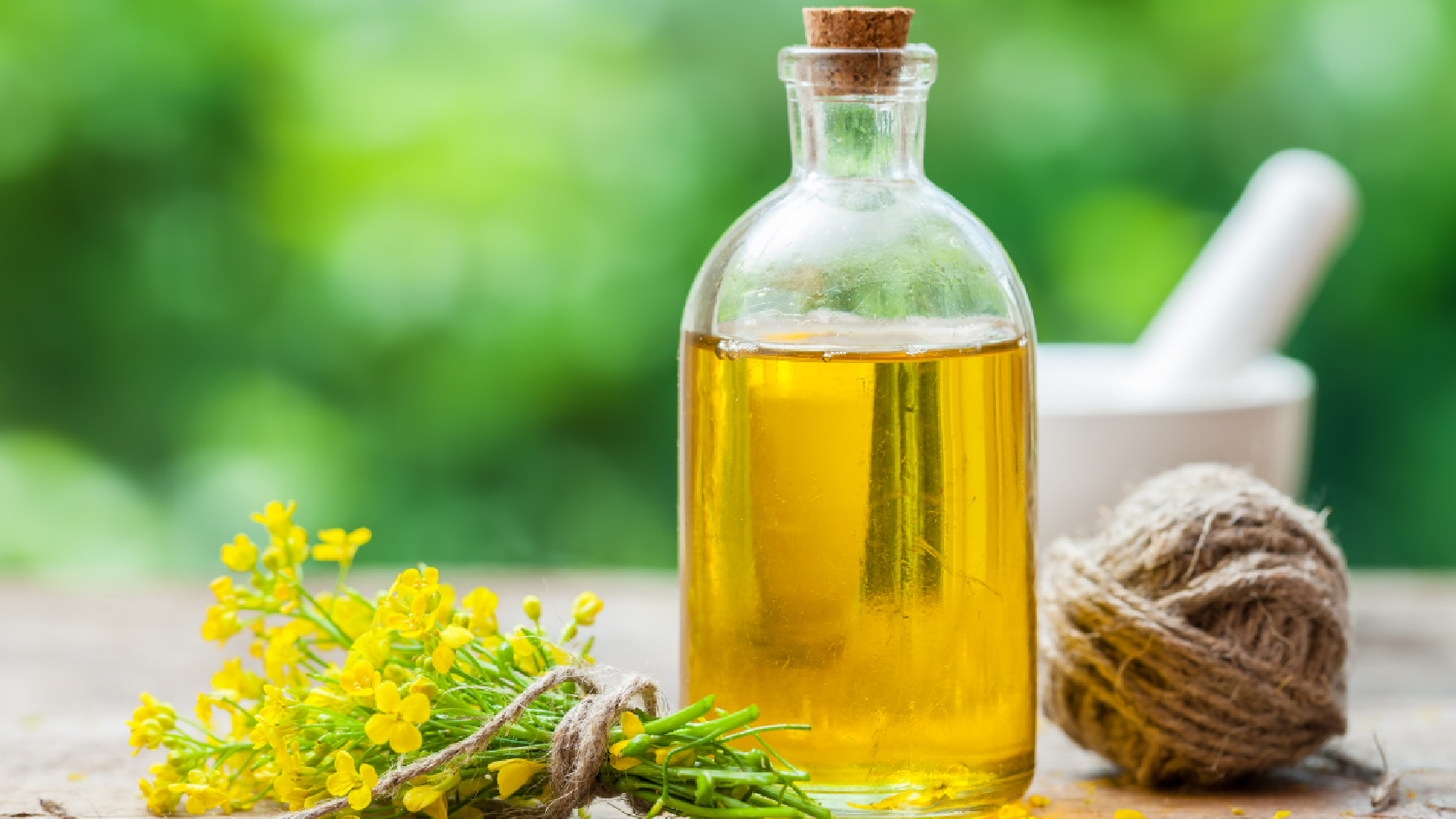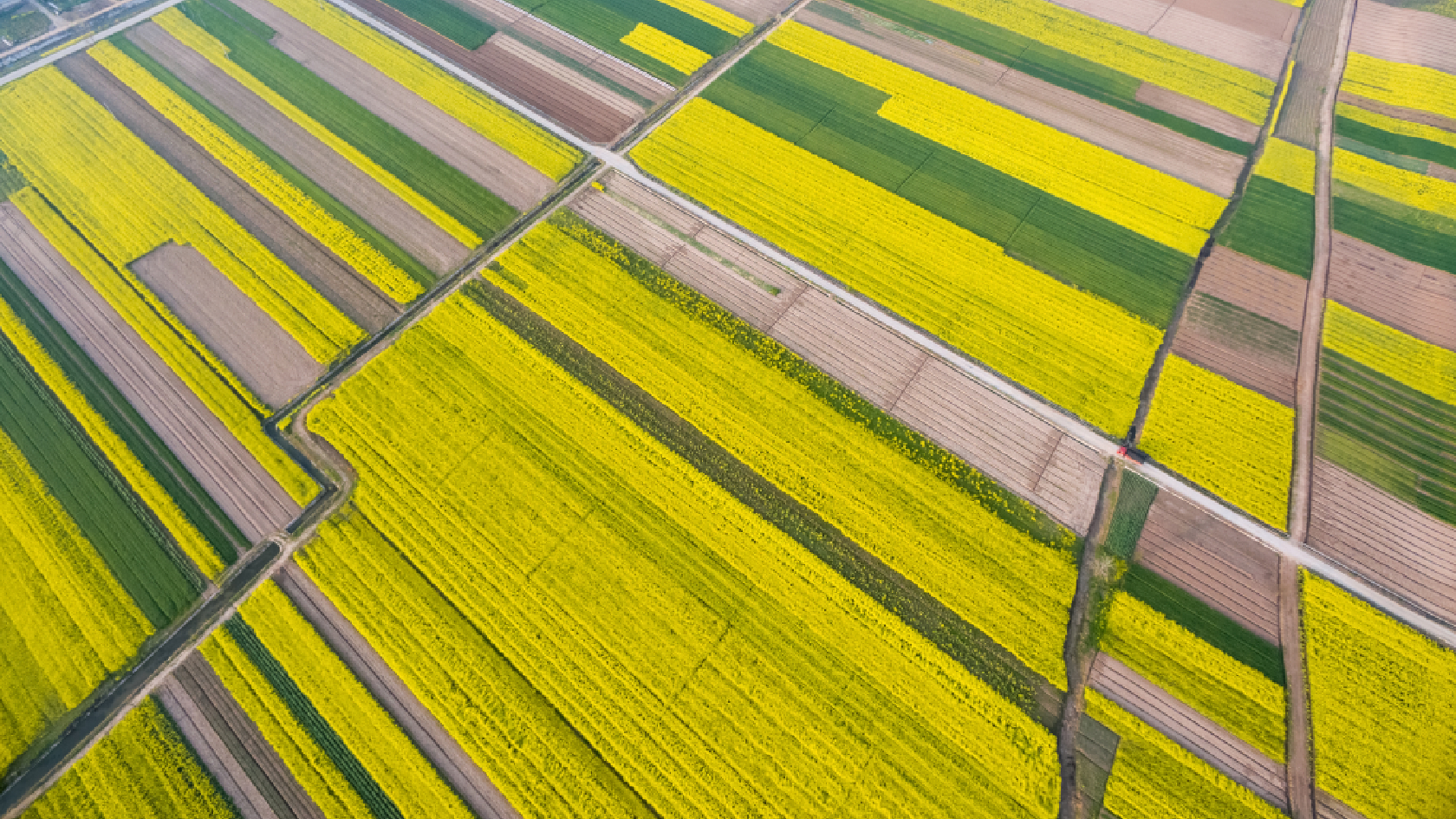
- Uses As mentioned, these plants are mainly grown for its seeds which yield a valuable oil. It has a wide variety of applications. Rapeseed oil can be used in cooking for human consumption. The esterified form of the oil is used as a lubricant for jet engines and can be made into biodiesel. The seeds are also used as bird feed, and the seed residue after oil extraction is used for fodder. The plant can be grown as a cover crop and green manure.

On the other hand, rapeseed is exceptional for crop rotation, maintaining species biodiversity and attracts wild pollinators. This crop is also ideal for weed control since it is a broadleaf crop, making the control of narrow-leaf weeds such as ray grass or wild oats relatively easy. Rotating rapeseed is also shown to increase the yield of the next crop by 10%, either wheat or barley, compared to a monoculture of cereals. - Edaphoclimatic requirements - Soil: Rapeseed prefers deep soils with clay-silty textures with good aeration and drainage. The desirable pH range is 5.5-7 although it can be grown in any type of soil, even supporting a certain acidity. This plant presents high adaptability, and when the main root encounters obstacles to deepen, it will easily develop secondary roots.
- Temperature: It does not endure temperatures below -2 ºC from germination to rosette stage. From this state, it can hold as cold as -15 ºC. Even if the cold can favour the root development, low temperatures together with short days may delay the plant maturation. On the contrary, more than 29 ºC is not suitable in flowering as they would shorten the cycle and the quality of the seeds.
- Water needs and irrigations: If the plants are well distributed, they can develop from 400 mm rainfall. This crop resists winter drought and suffers from flooding. 2 to 3 irrigations are recommended with a total of water applied between 120-200 mm for maximum grain yield. Approximately 30% of the water must be applied from the nascence to the beginning of the flowering and, the remaining 70%, from the beginning of the flowering to the maturation.

- Fertilization The optimum yields were observed to occur around 90-112 kg N/ha (80-100 lbs N/acre). There are differences between spring and summer variety. For spring rapeseed, nitrogen should be applied at seeding time along with the P and K. For winter type, nitrogen may be best applied as a split application using starter nitrogen application of about 11-22 kg/ha (10-20 lbs/acre), followed by the remainder in the spring before regrowth. In this crop, nitrogen is considered the basis of an optimal plant performance. This nutrient is responsible for increasing the number of siliques as well as the number of seeds they contain. During the flowering, the consumption of phosphorus and potassium increases. The supply of sulfur is also important since it requires a sustained assimilation throughout the cycle and this is increased in the grain formation process. Taking into account the pounds of nutrients removed per acre, the use of sulfur is higher in rapeseed when compared to other crops like wheat and barley.

- Profitability Rapeseed is a more profitable crop than the typical winter grains (wheat and barley). Even if its yield is smaller, the high price per tonne (~340 €/t) compensates the final benefits. It was shown that an average year the profitability can reach 355 €/ha in a cool dry land. However, the new disponibility of varieties and hybrids, as well as the use of modern cultivation techniques and fertilization plans, have remarkably increased the yield of this crop. Rapeseed is in our crop database. Check out our software to create a unique fertilization plan for your crop.





